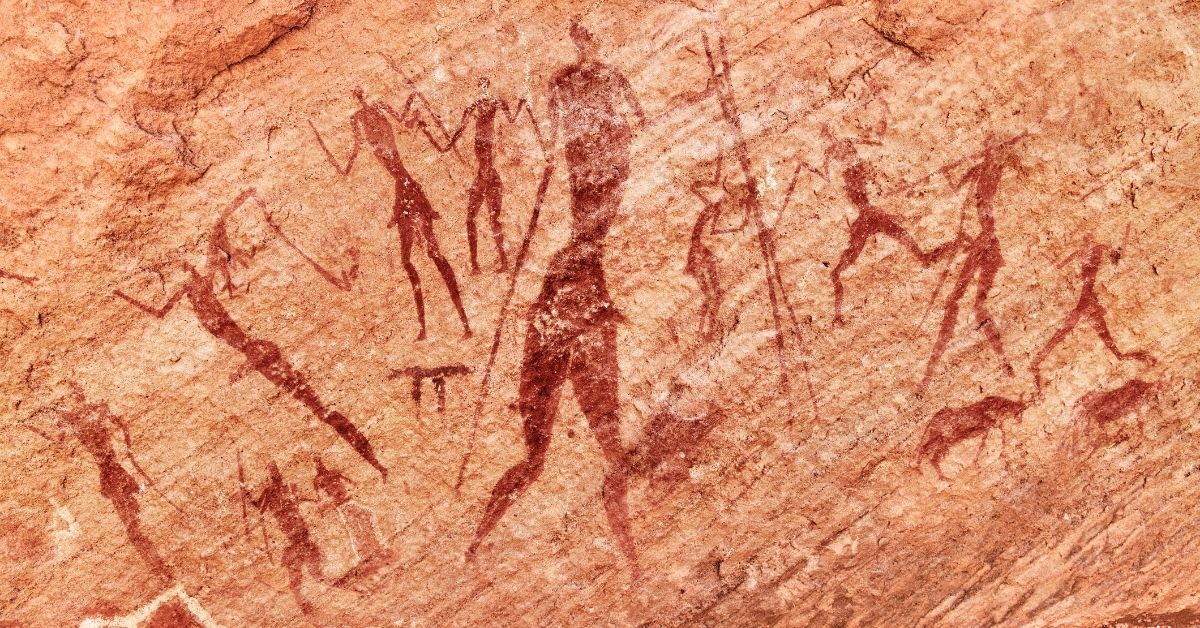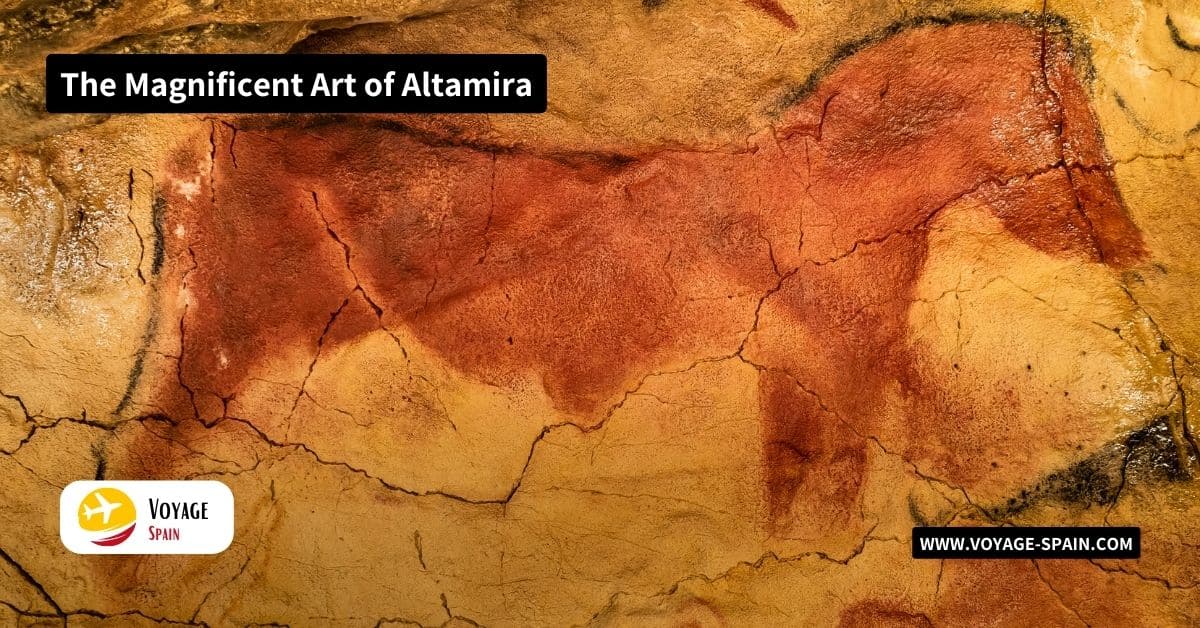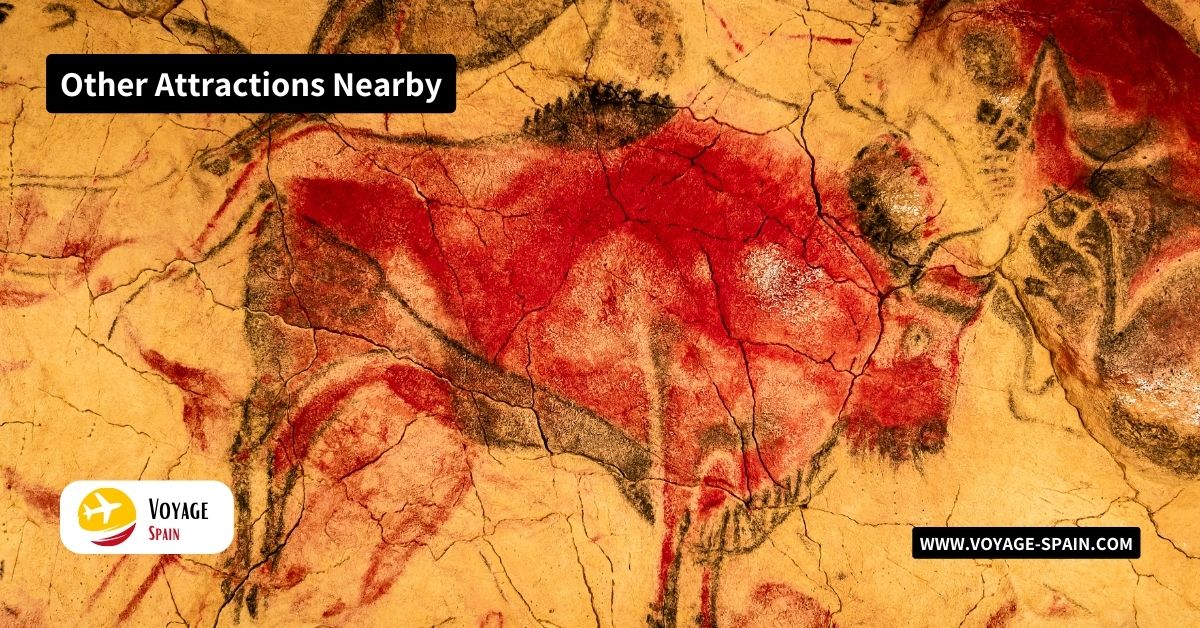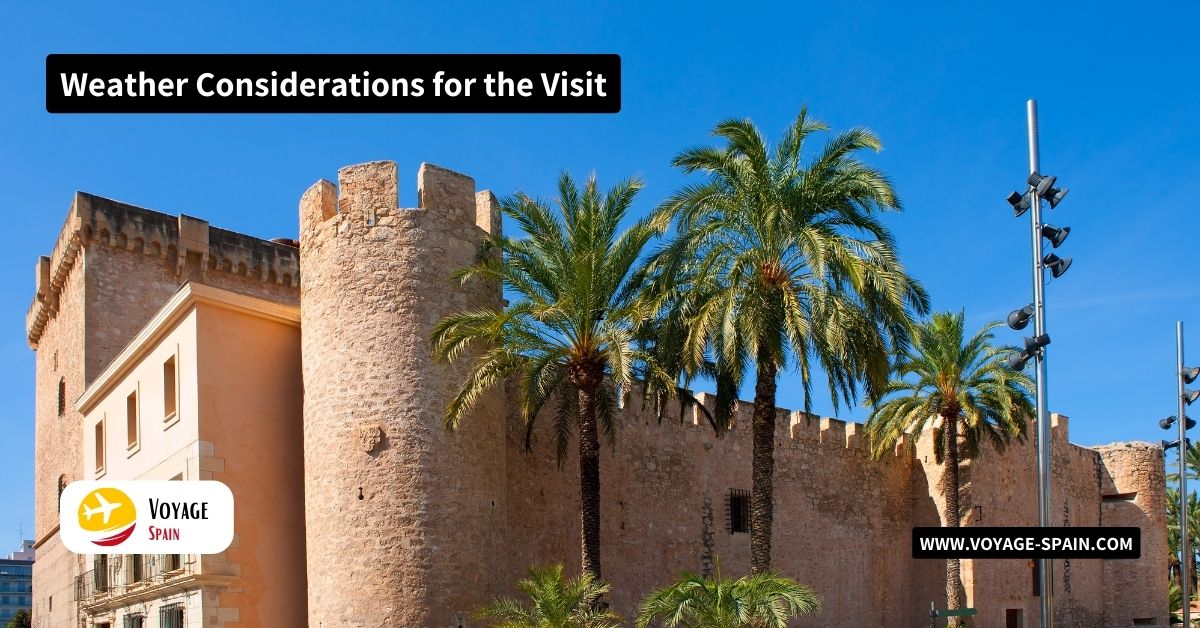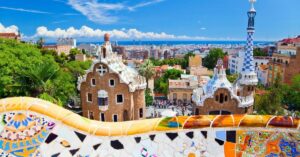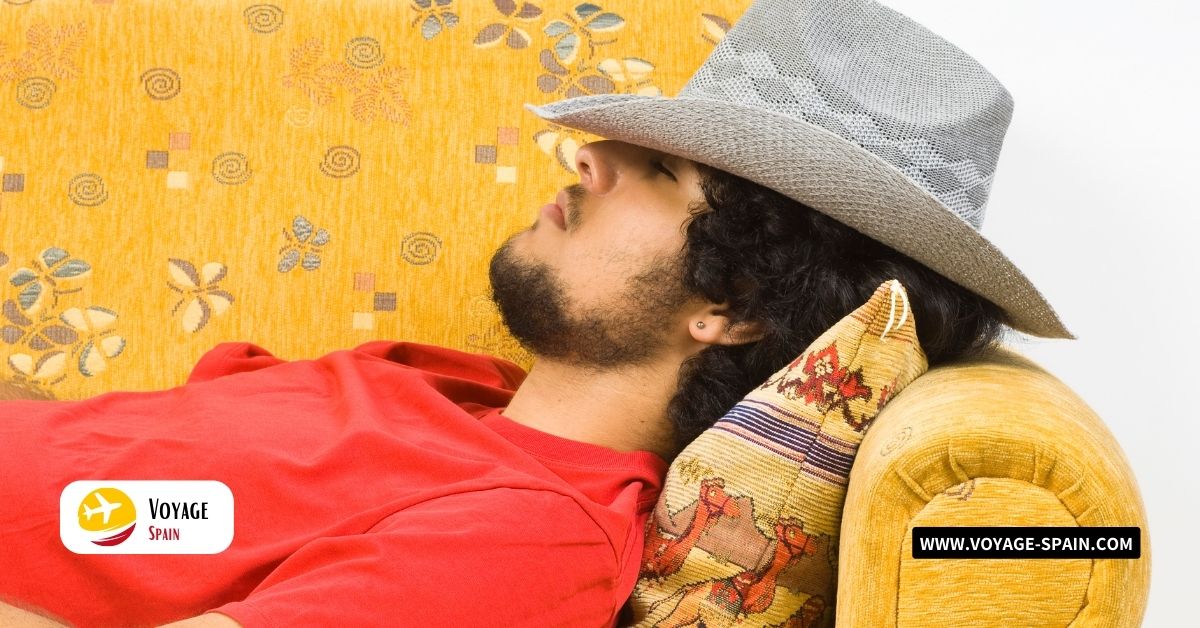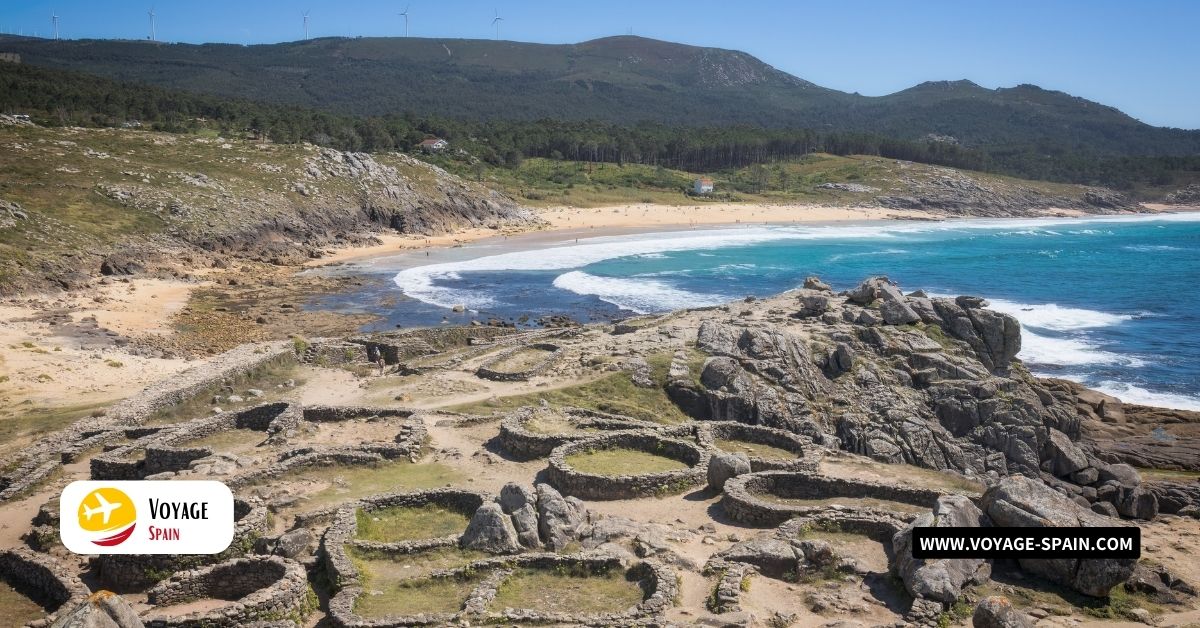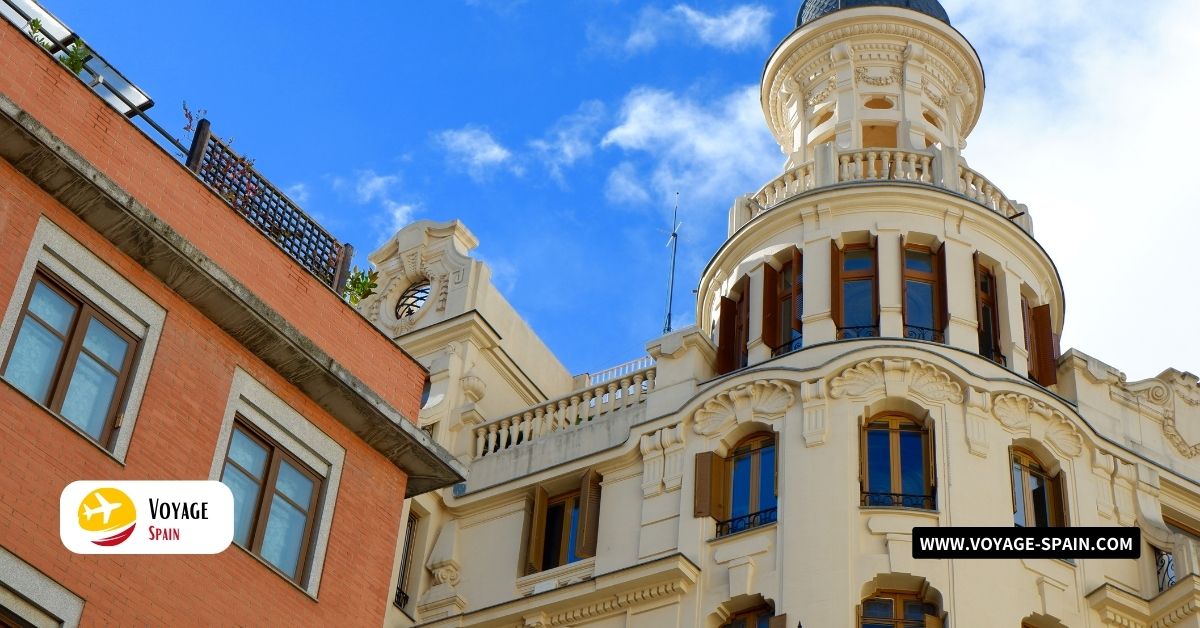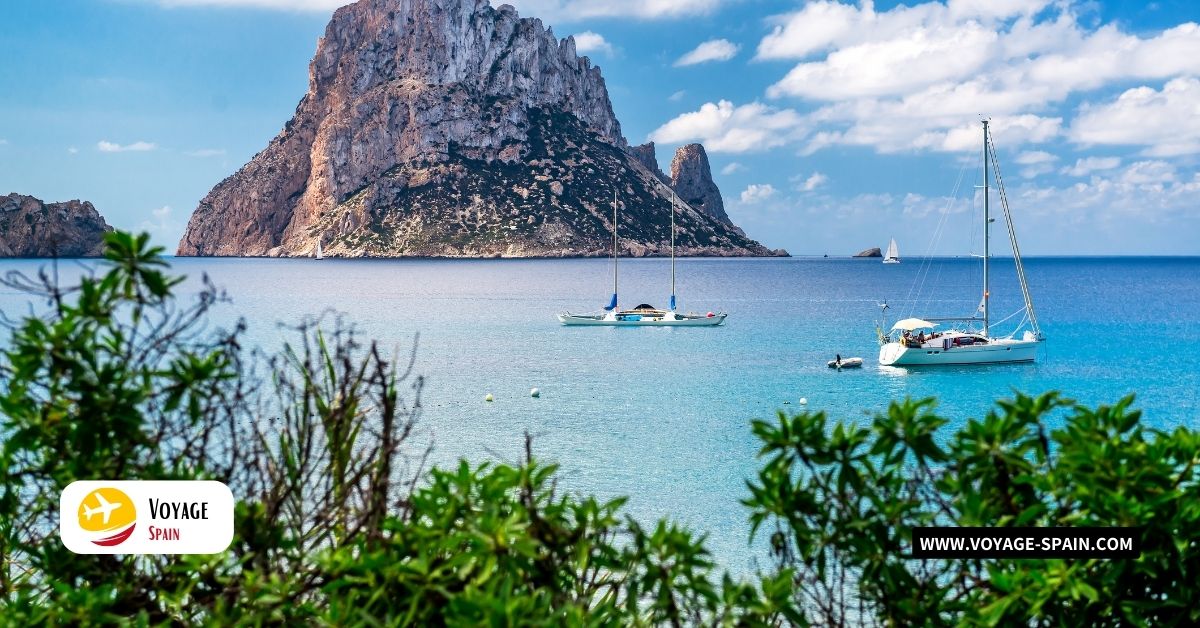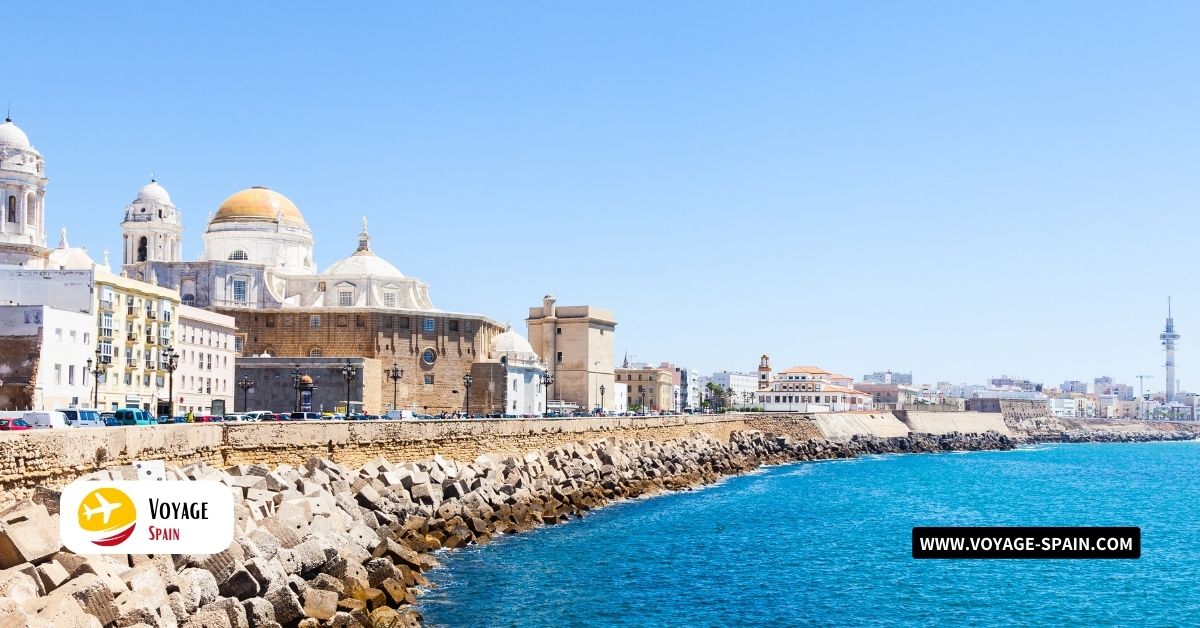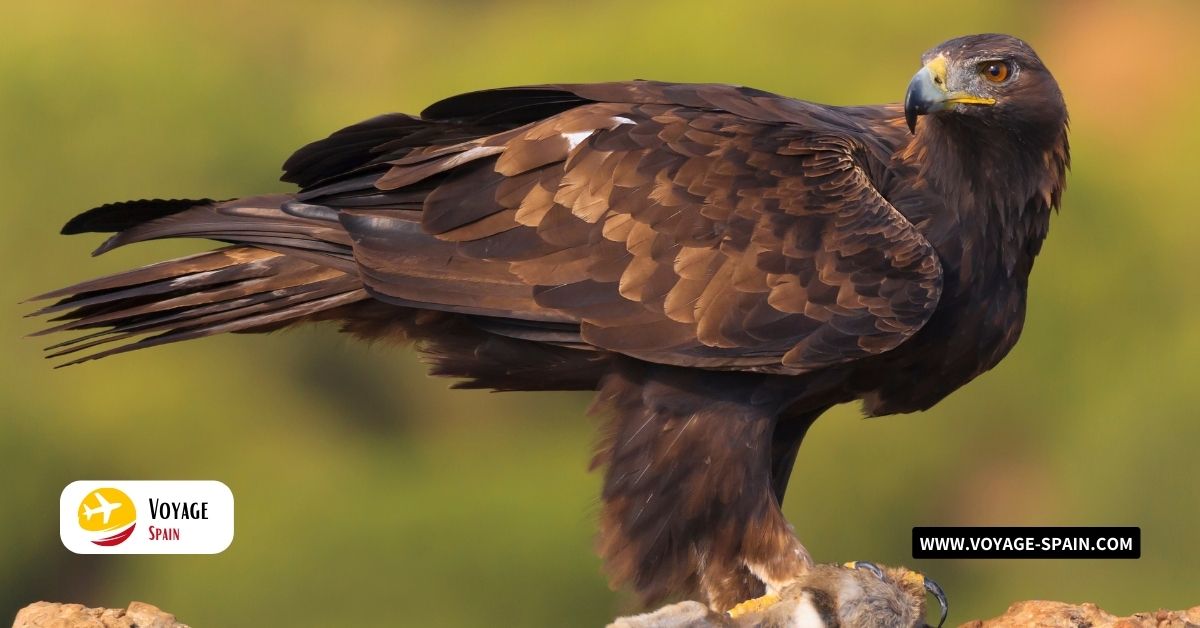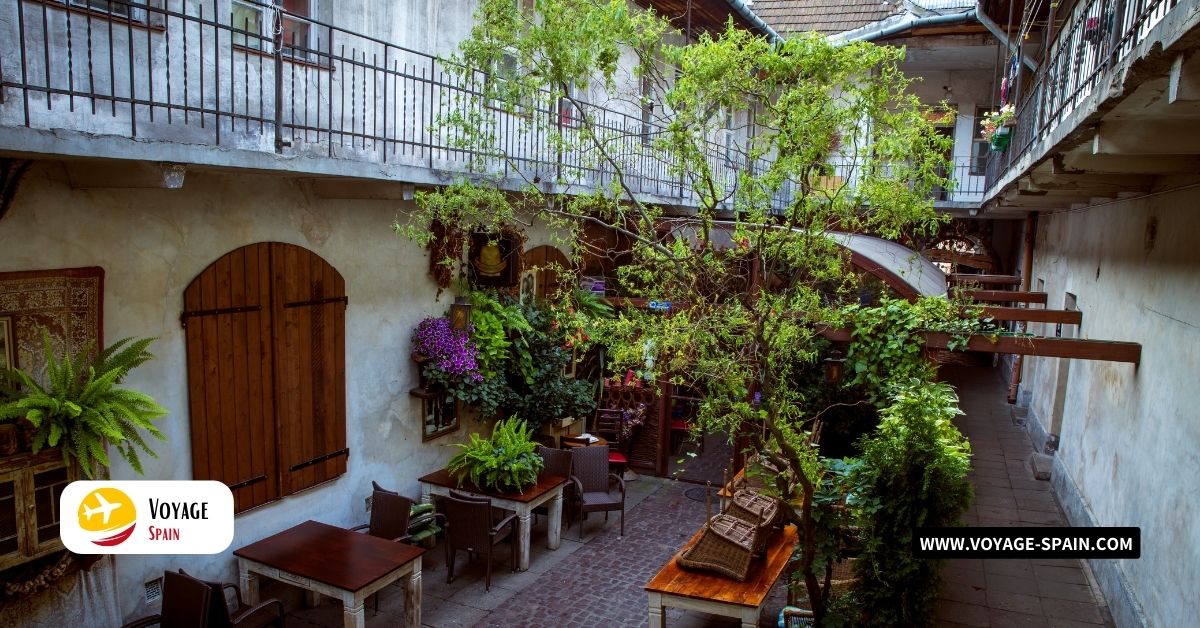The Cave Paintings of Altamira
Altamira Cave is a historical marvel awaiting your exploration. It’s like a nature lover’s dream meets an archaeologist’s paradise.
A quick jaunt along the A8 highway for about 30 minutes will lead you to Santillana del Mar, a charming town that practically whispers “history” as you stroll its streets. From Santillana, it’s a mere 2-kilometer hop to Altamira Cave itself. Look out for the road signs pointing the way to “Cueva de Altamira,” and before you know it, you’re standing at the threshold of a prehistoric wonderland.
History of Altamira Cave Paintings
The jaw-dropping Altamira Cave paintings are like ancient whispers from the past, with origins dating back over 20,000 years. Yep, you read that right—two-zero-zero-zero-zero years! Preserving these fragile wonders has been no small feat. Over the years, Altamira Cave faced serious threats from the very thing that made it famous—visitors. The carbon dioxide, humidity, and contaminants from human breath posed a risk to the delicate pigments. To protect this ancient gallery, authorities implemented strict conservation measures. It’s a delicate dance between sharing the beauty of Altamira and ensuring it survives for generations to come.
The Magnificent Art of Altamira
Stepping into Altamira Cave is like entering a time machine that whisks you back to the dawn of human creativity. The cave’s interior, despite its dimly lit ambiance, is nothing short of mesmerizing. Stalactites dangle gracefully from the ceiling like natural chandeliers, casting an otherworldly glow on the rocky canvas below. The walls, or rather, the canvas, are alive with intricate, ochre-hued paintings that seem to pulse with prehistoric energy.
Altamira’s claim to fame lies in its astonishing depictions of both animals and humans. The bison, those magnificent creatures, are a standout feature. Rendered with exquisite detail, these animals appear to spring to life, their sinewy muscles and powerful presence frozen in time. Some speculate that these animals held spiritual or ritualistic importance, while others see them as records of successful hunting adventures—an ancient bragging board, if you will.
Experiencing Altamira: Traveler’s Tips
As you gear up for your own thrilling journey through time, we’ve got your back with some handy traveler’s tips. Opt for comfortable clothing and sensible footwear that can handle uneven terrain, as you’ll be navigating some rocky paths. Layers are your best friend, as cave temperatures tend to be on the cooler side. Consider bringing a small flashlight to illuminate your way and fully appreciate the ancient artwork.
Other Attractions Nearby
There’s more to this region than just its ancient artistic wonders. Buckle up, fellow adventurers, because we’re about to uncover the nearby attractions that’ll have you extending your stay in Cantabria.
- Museums and Exhibitions Related to Prehistoric Art: Cantabria is brimming with museums and exhibitions dedicated to this captivating subject. Head over to the Altamira Museum, right next door to the cave, for a deeper dive into the history and artistry of the region.It’s like stepping into a time machine.
- Natural Sites and Parks: Cantabria isn’t just about what’s underground—it’s also about what’s above it. The region boasts some stunning natural wonders. For a breath of fresh air, hike through the Picos de Europa National Park, where rugged mountains and lush forests will leave you in awe.
Practical Information
It’’s time to get down to brass tacks and cover some practical information that’ll make your Altamira Cave adventure a breeze. From where to crash after a day of cave-hopping to what to pack for the ever-changing Cantabrian weather, and how to get in touch with the folks at Altamira, we’ve got your back with these essential tips.
Local Accommodations and Dining Options
- Charming Inns and Guesthouses: Cantabria knows how to do cozy accommodations right. Consider staying at one of the charming inns or guesthouses in Santillana del Mar, a stone’s throw from Altamira. They’re not just convenient; they’ll immerse you in the rustic charm of the region.
- Hotels in Santander: If you prefer city comforts, Santander, the capital of Cantabria, offers a range of hotels to suit your style and budget. From upscale waterfront establishments to budget-friendly options, there’s something for everyone.
- Traditional Cantabrian Cuisine: Prepare your taste buds for a culinary journey. Cantabrian cuisine is all about fresh, locally sourced ingredients. Don’t miss the chance to savor dishes like “cocido montañés” (a hearty bean stew) or seafood delights like “rabas” (fried squid rings). Pair your meal with a glass of local cider or wine for the full experience.
- Cozy Cafes and Pintxos Bars: When hunger strikes in between adventures, hit up the cozy cafes for a caffeine fix or pop into a pintxos bar. Pintxos are Basque-style tapas, and Cantabria serves up some mouthwatering varieties.
- Local Bakeries and Sweet Treats: Your sweet tooth won’t be disappointed here. Try the local pastries like “sobaos” and “quesadas.” These delightful desserts are perfect for a post-meal indulgence or a midday pick-me-up.
- Farmers’ Markets and Local Products: For those looking to create their own culinary magic, check out the farmers’ markets in the region. You’ll find an array of fresh produce, cheeses, and other local goodies to take back to your accommodations.
- Dining Hours: Remember that in Spain, dining hours can be different from what you might be used to. Lunch is typically from 1:30 PM to 3:30 PM, and dinner starts around 8:30 PM and can go late into the night.
Weather Considerations for the Visit
- Layer Up for Comfort: It’s often a good idea to layer your clothing. Even in the summer, you might encounter cooler temperatures inside the cave.
- Rainy Day Plan: The Bay of Biscay is known for its drizzles and sudden showers. If you’re planning to explore outdoor attractions nearby, like the Picos de Europa or beautiful beaches.
- Sunscreen and Sunglasses: you’re exploring the outdoor wonders of the region, like hiking trails or beach walks, don’t forget your sunscreen and a pair of sunglasses to shield your eyes from those bright rays.
- Check the Forecast: Before heading out, a quick glance at the weather forecast can save you from unexpected weather surprises.
Conclusion
Altamira Cave stands as a time capsule, a living testament to the creative genius of our prehistoric ancestors. Over 20,000 years ago, our distant relatives, armed with primitive tools and boundless imagination, ventured into this underground sanctuary. What they left behind were breathtaking paintings of bison, horses, and more, a vivid reflection of their world and their connection to it. Altamira isn’t just about ancient art; it’s about the enduring spirit of human creativity.
FAQs
Q1: Who made the cave paintings of Altamira?
The cave paintings of Altamira were created by prehistoric humans.
Q2: When were the Altamira cave paintings discovered?
The Altamira cave paintings were discovered in 1879, with their authenticity confirmed around 1902.
Q3: What are the paintings discovered in Altamira Spain called?
The paintings found in Altamira, Spain, are known as “Altamira cave paintings” or “Altamira cave art.”
Q4: What is the main purpose of cave paintings?
The main purpose of cave paintings is still debated but likely included religious, storytelling, communicative, or educational functions.
Q5: Can you visit Altamira cave paintings?
You can visit a replica cave, the Altamira Museum, as the original cave is generally closed to the public for conservation reasons.
Q6: Who is the founder of Altamira?
Altamira is associated with Marcelino Sanz de Sautuola. He a Spanish amateur archaeologist, and his daughter Maria, who first encountered the cave’s paintings in 1879.

